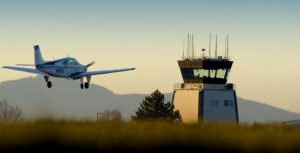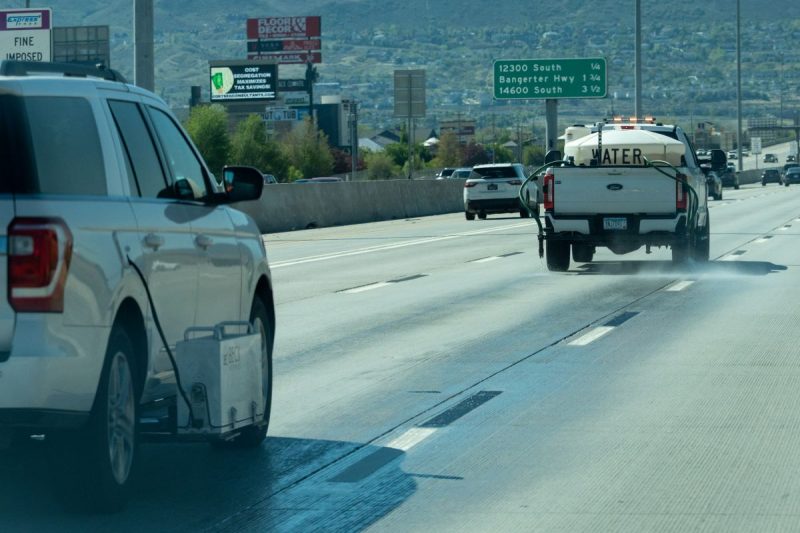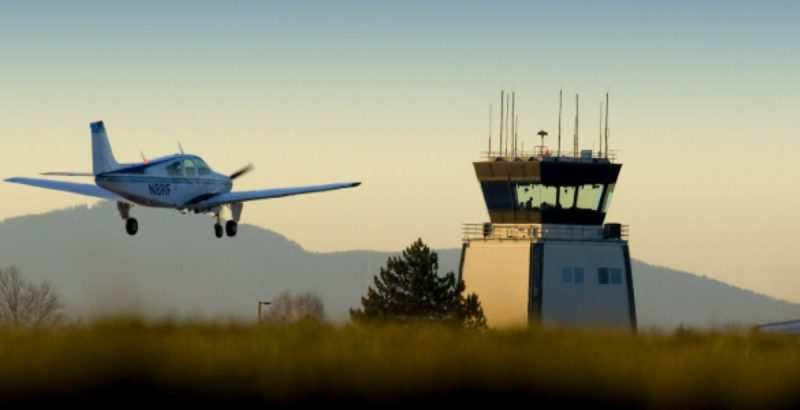
Tia Boyd is a research associate in the Center for Urban Transportation Research’s Transportation Planning, Policy, and Processes Program at the University of South Florida in Tampa. An expert in transportation decision making and public participation, she co-chairs TRB’s Young Members Coordinating Council for Sustainability and Resilience and is the secretary of the Standing Committee on Community Resources and Impacts.*
How did you become involved with TRB?
A few years ago, I made a slight career shift from land-use planning—I worked for the Manatee County government in Florida—to transportation planning research. I had developed an appreciation for the field while completing my master’s degree in urban and regional planning at the University of South Florida, where I took a course on multimodal transportation planning and worked as a graduate research assistant at the Center for Urban Transportation Research. Soon after returning there as a faculty member, I became a friend of a few TRB committees to explore what each had to offer. Kristine Williams, director of the center’s Planning and Corridor Management Program at the time, encouraged me to become an active volunteer so that I could experience the full benefit of TRB’s committees. As a result, I sought opportunities to volunteer my time and skills to the committees that aligned with my interests and research focus areas.
What are your roles as co-chair of the Young Members Coordinating Council for Sustainability and Resilience and secretary of the Standing Committee on Community Resources and Impacts?
As a co-chair of the Young Members Coordinating Council for Sustainability and Resilience, I help students and young professionals navigate TRB while also facilitating opportunities for networking and professional development. As secretary of the Community Resources and Impacts Committee, my responsibilities extend beyond maintaining records; I also support strategic planning initiatives for the committee, such as leading the development of the committee’s Triennial Strategic Plan.
What is helping you to be successful in these roles?
My success as a co-chair of the Coordinating Council has been made possible through the support of my fellow co-chairs and our dedicated volunteers. We all work incredibly well together and have found a way to build off of each other’s skills. In my role as committee secretary, our current chair, Veronica Murphy, has encouraged me to push the bounds of my creativity, which has fostered my growth within the committee, as well as in other professional areas. As a result, I’ve started adopting a more iterative approach to my work, building in time to reflect on what else can be done to not only ensure accuracy but also to make the final product more interesting. Overall, collaboration among fellow volunteers and TRB staff has made it possible to achieve the goals that I have set out to accomplish in these roles.
What are some of those goals?
For example, a key goal for 2024 was to expand the professional development activities of the Young Members Coordinating Council for Sustainability and Resilience while also increasing networking opportunities. For that year’s mid-year meeting, we hosted a virtual speed-networking session, enabling meeting attendees to get career insights and connect with established professionals by engaging in small-group discussions. This event was only successful because several volunteers worked to pull all of the needed elements together.
How has your TRB involvement—including your experience on the Young Members Coordinating Council—influenced your career or outlook on the profession?
Serving on various committees and collaborating with people at different stages in their careers—from different sectors within transportation and with such a wide range of skills—is motivating. My work with the Community Resources and Impacts Committee and our partner committees enables me to connect with many established professionals, some of whom I now consider mentors. Additionally, my involvement with the Young Members Council affords me the opportunity to engage with students, emerging professionals, and mid-level professionals like myself. This has allowed me to pay it forward by bridging the gap between the Young Members Council and established professionals within our group. Through this level of involvement in TRB, I have realized the importance of combining the wisdom of experienced professionals with the innovations of the next generation. Moreover, my involvement with TRB has deepened my appreciation for the multidisciplinary nature of the transportation profession, reminding me that even the smallest actions can have meaningful impacts if we work together.
Tia Boyd discusses her work at the University of South Florida’s Center for Urban Transportation Research.
What do you find most helpful about TRB?
Being an active volunteer in TRB has been such a rewarding experience. It has given me the opportunity to collaborate with so many people I wouldn’t have met otherwise. Events such as the Annual Meeting, mid-year meetings, and specialty conferences provide opportunities for TRB participants to showcase their work, learn about others’ contributions to the field, and network with professionals from around the world. For young professionals like me, being involved with the committees and participating in TRB events has been a fantastic way to engage more deeply in the profession early in our careers. It also allows us to explore various transportation pathways across different disciplines as we grow within our professions. The unique opportunities and connections we gain through TRB are invaluable for professionals at every stage of their careers.
* This article was written before the June 4 announcement of new TRB committee restructuring.
Transportation Influencer highlights the journey of young professionals active in TRB. Have someone to nominate? Send an e-mail to [email protected].





